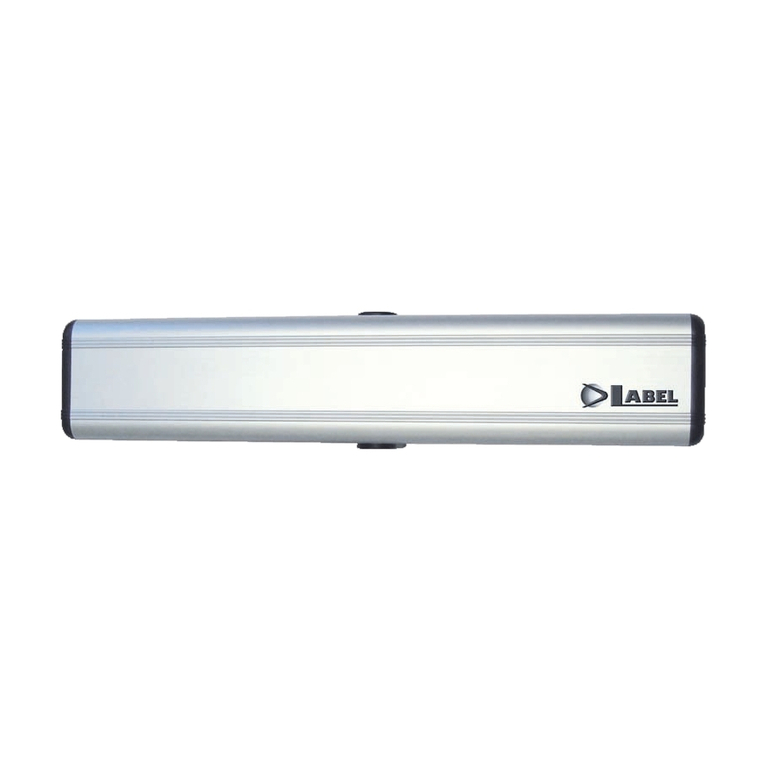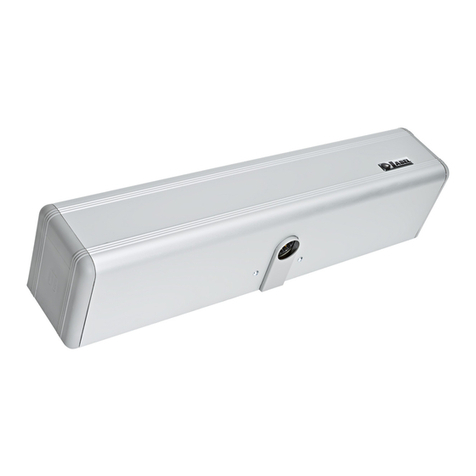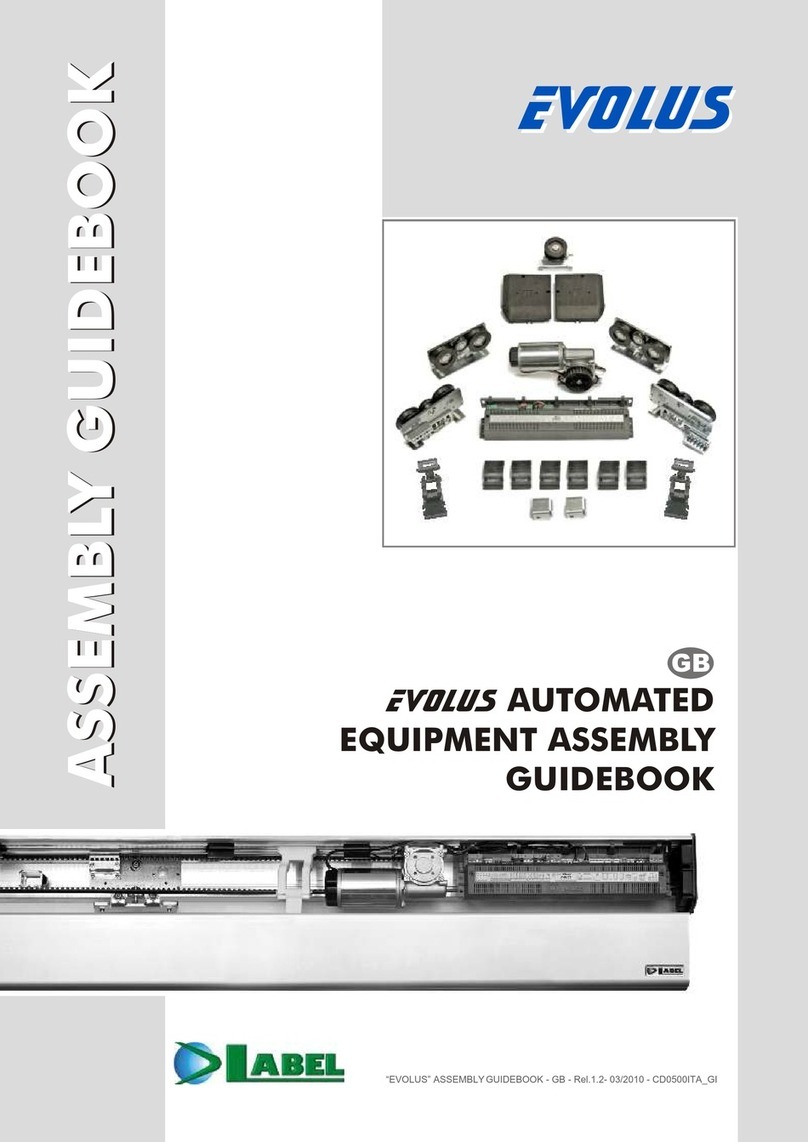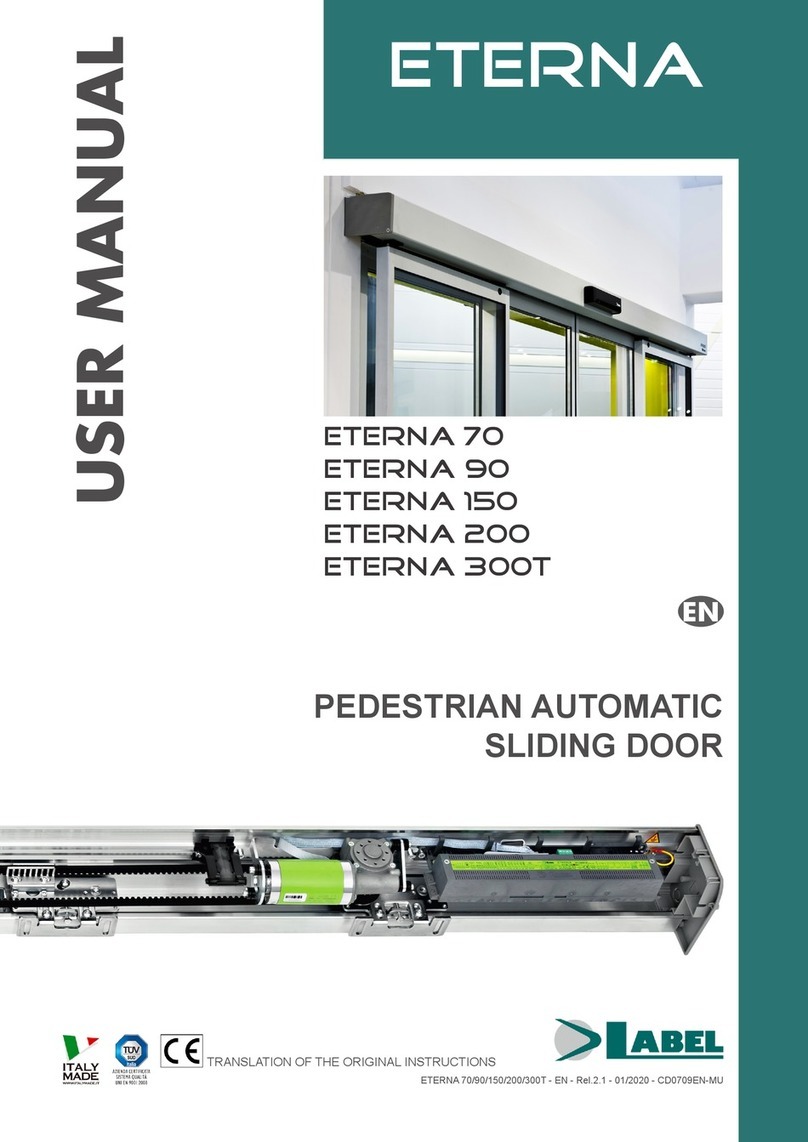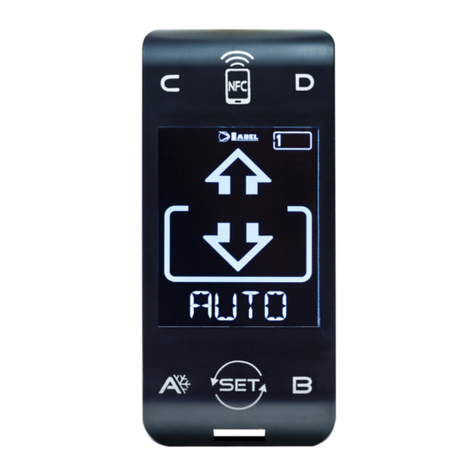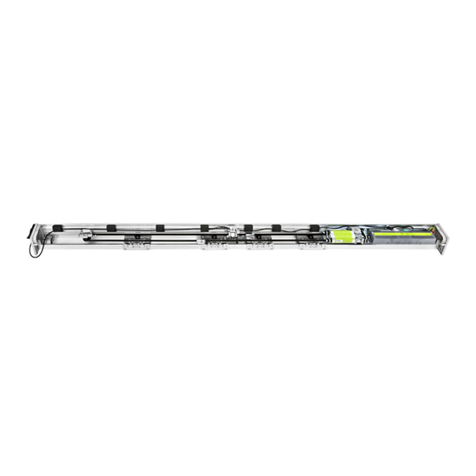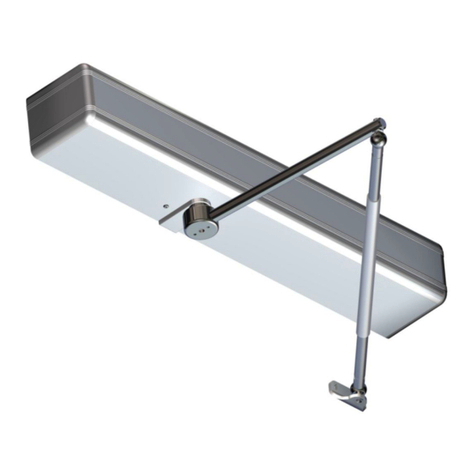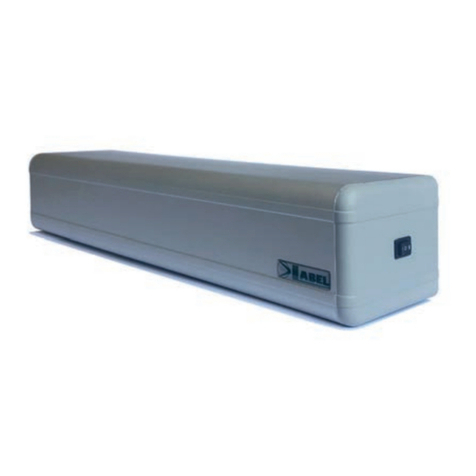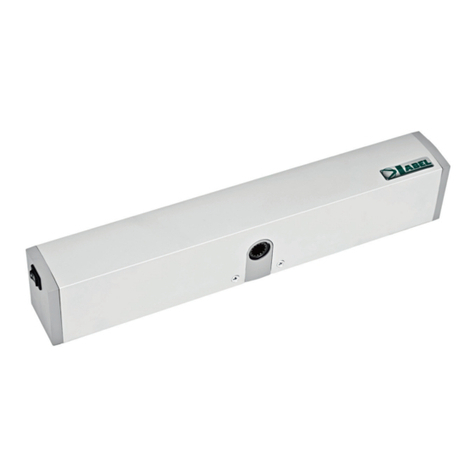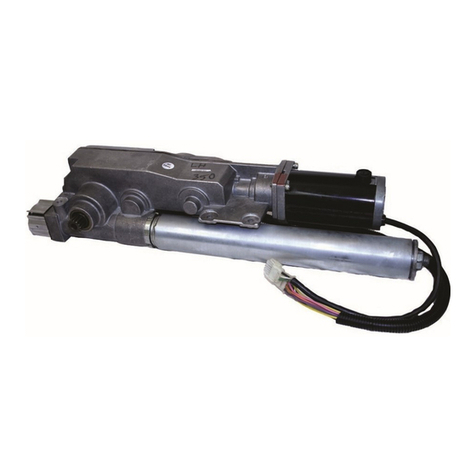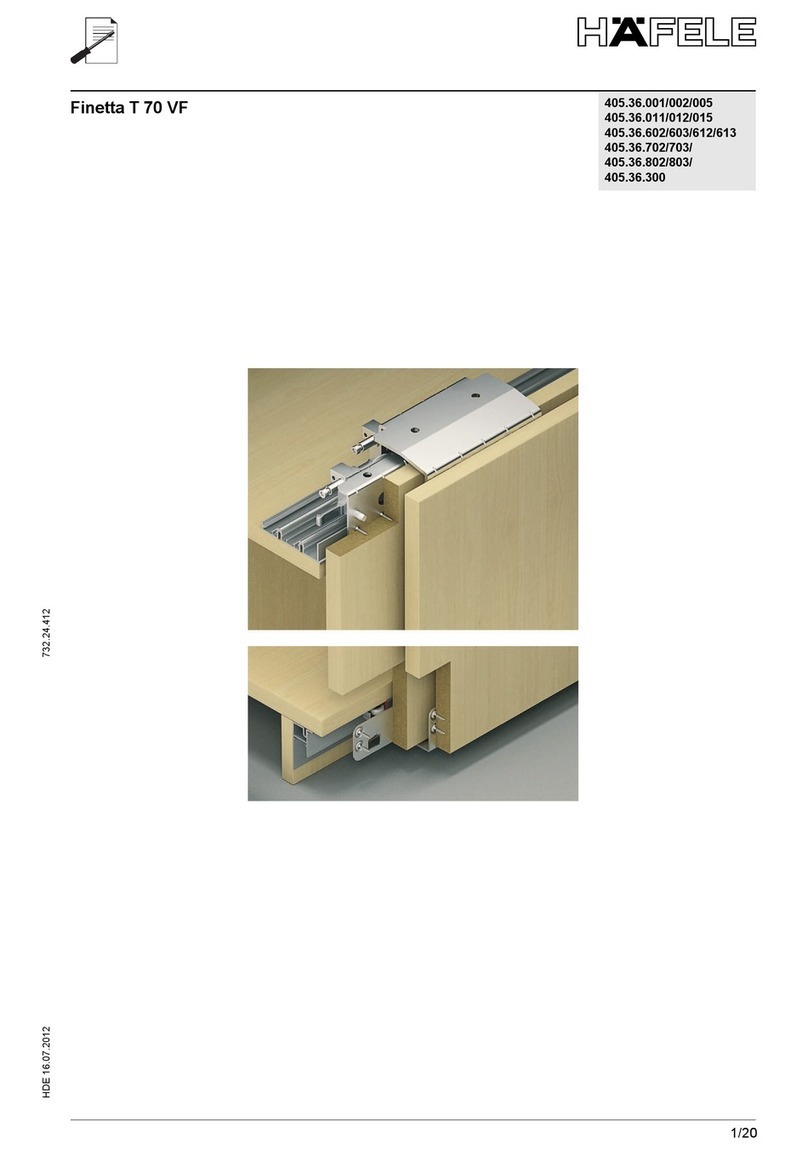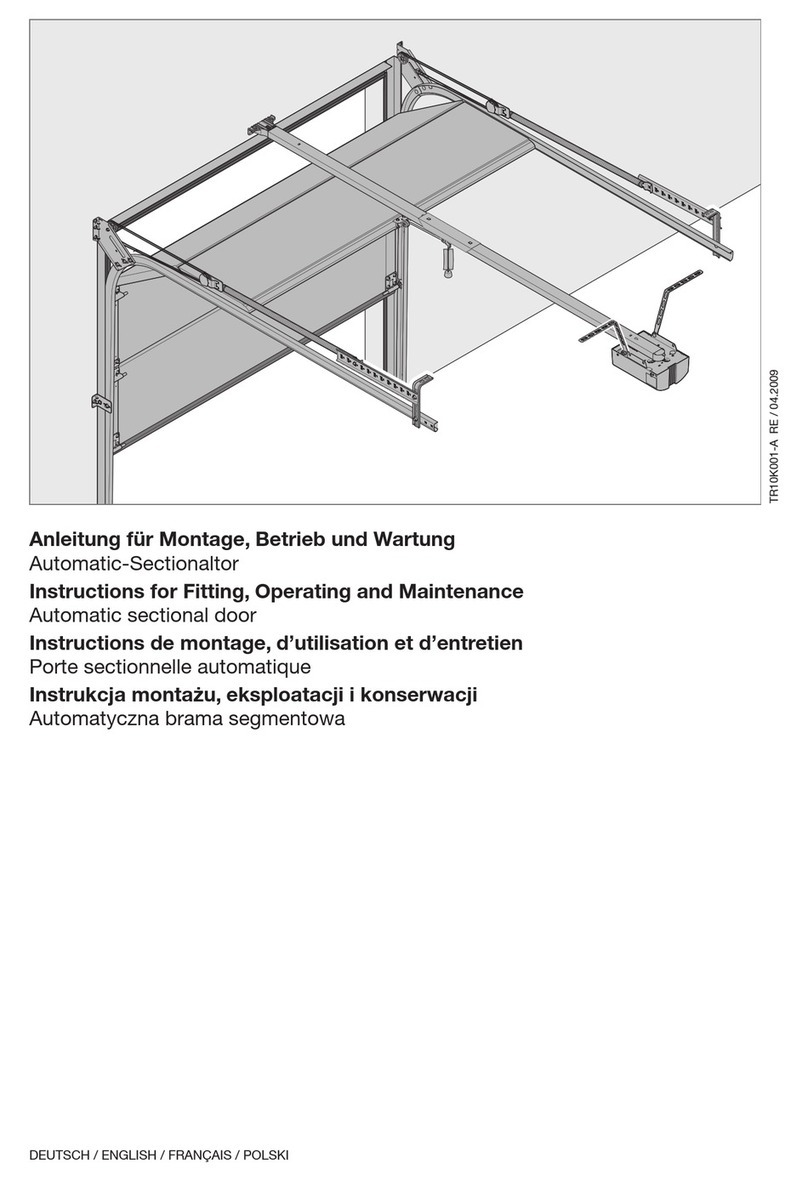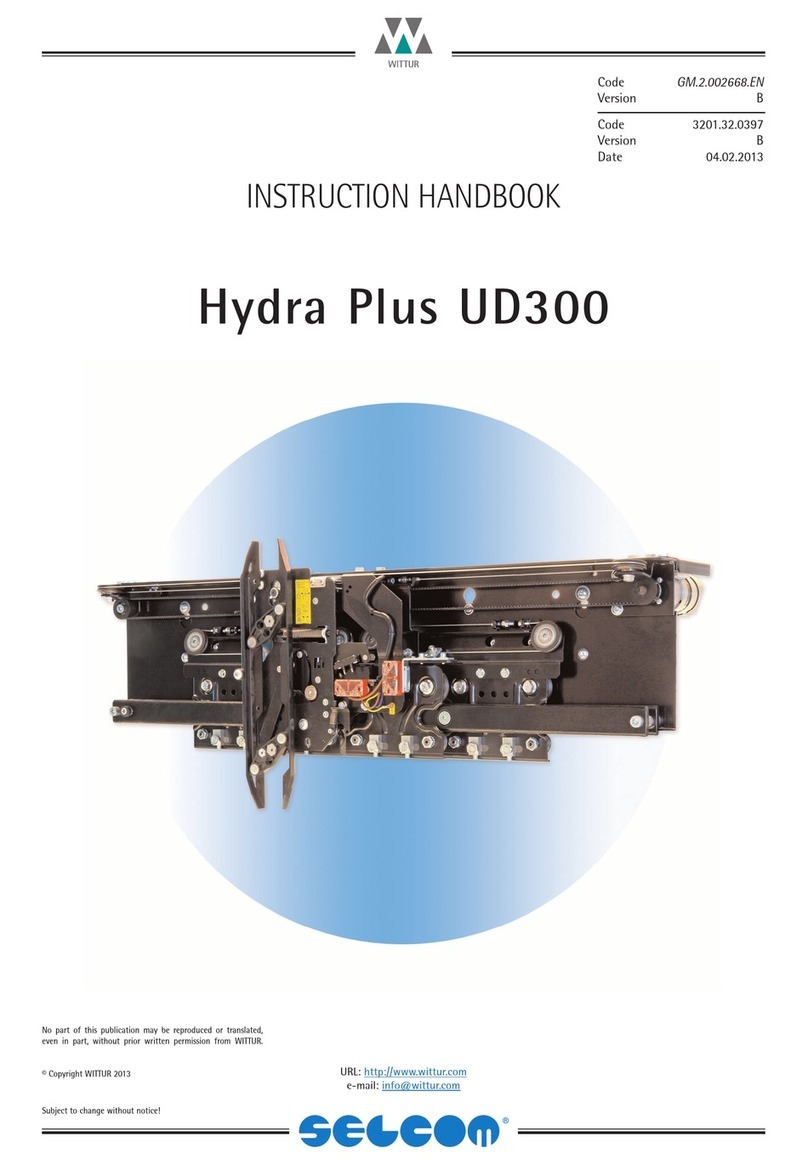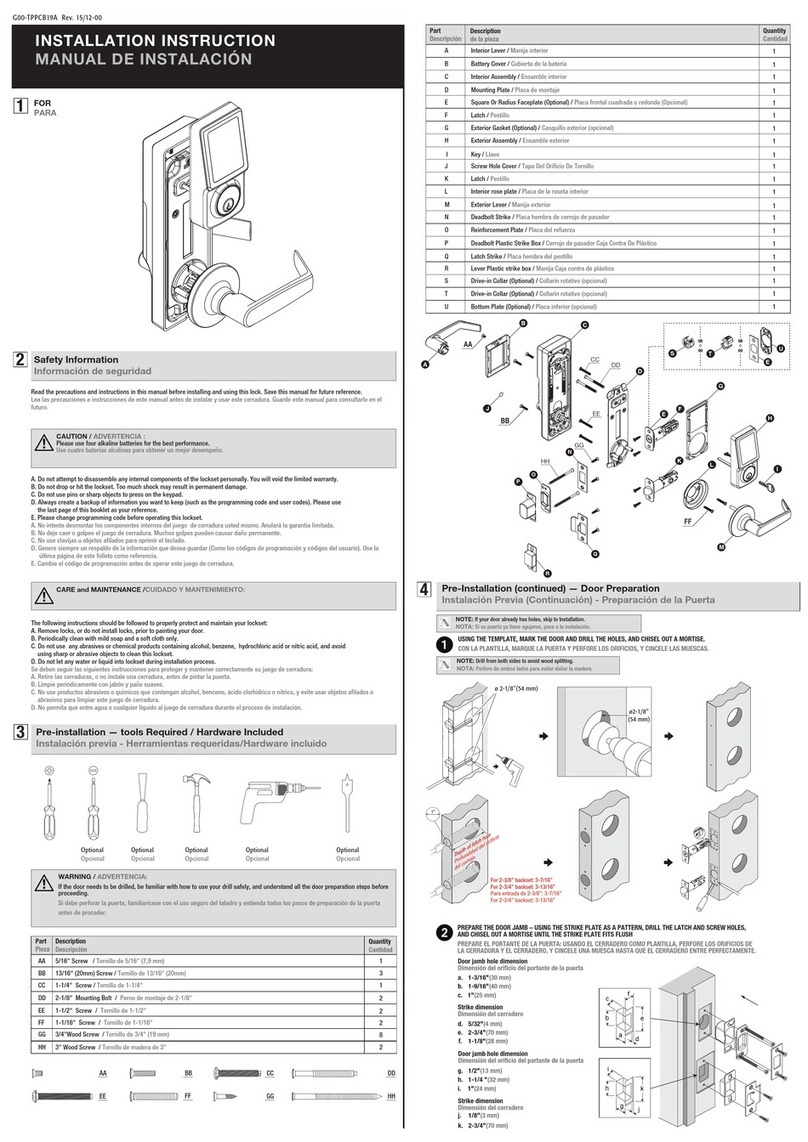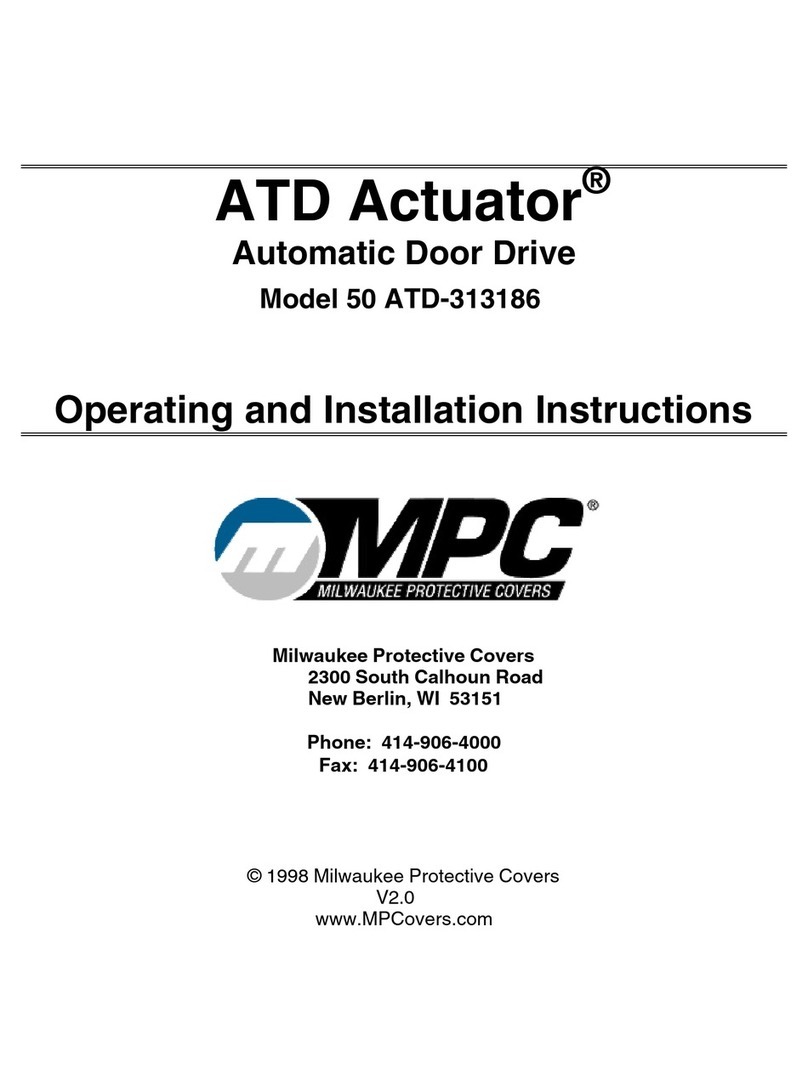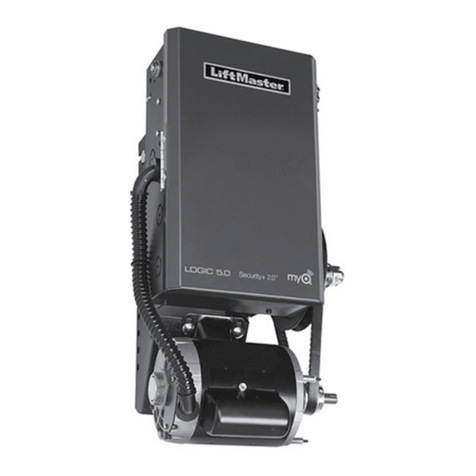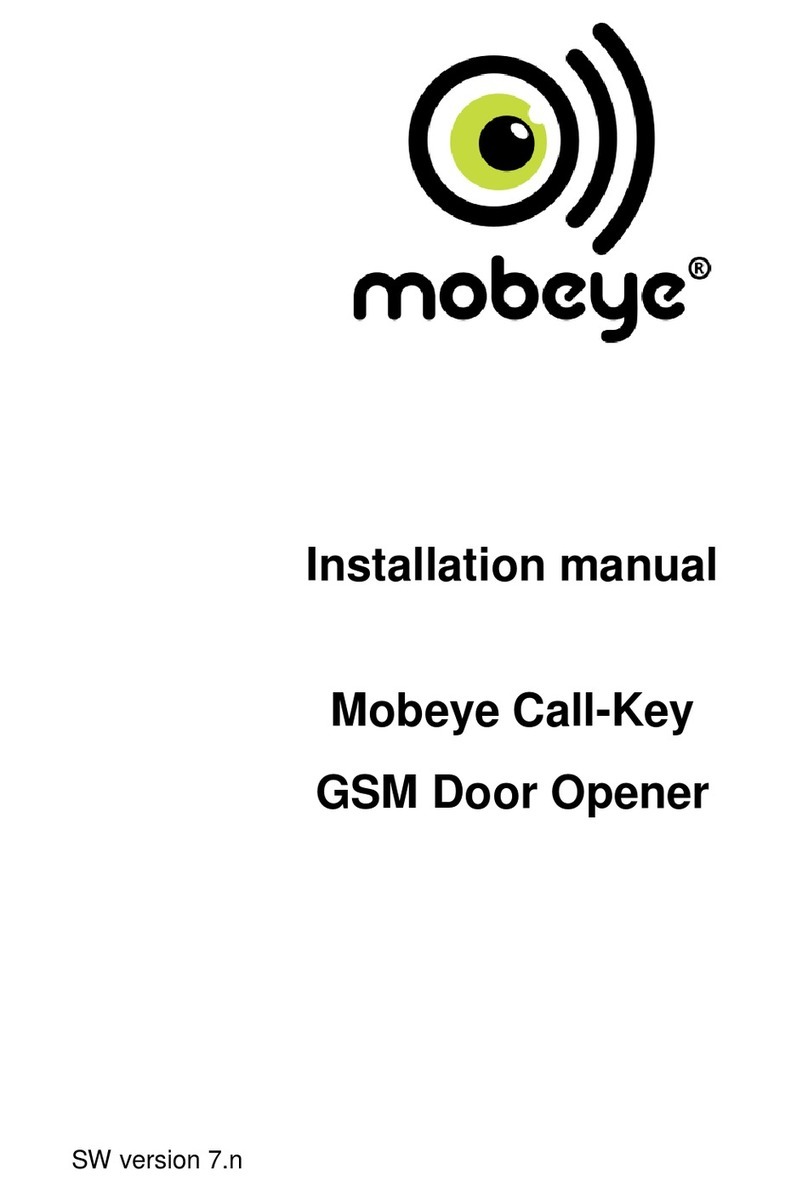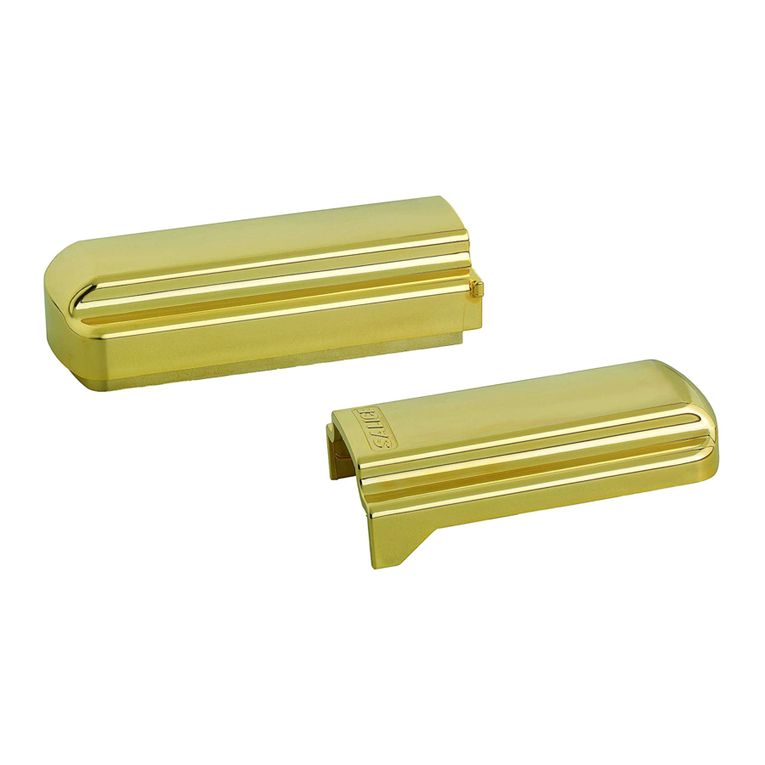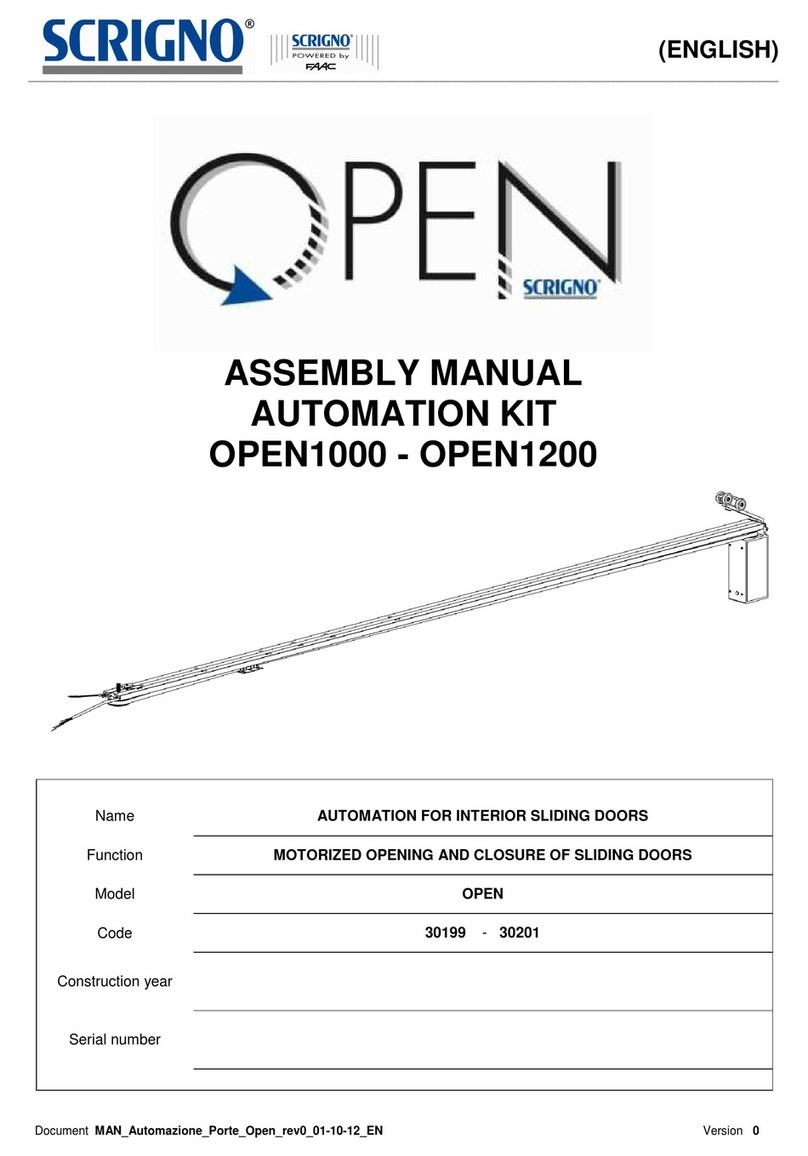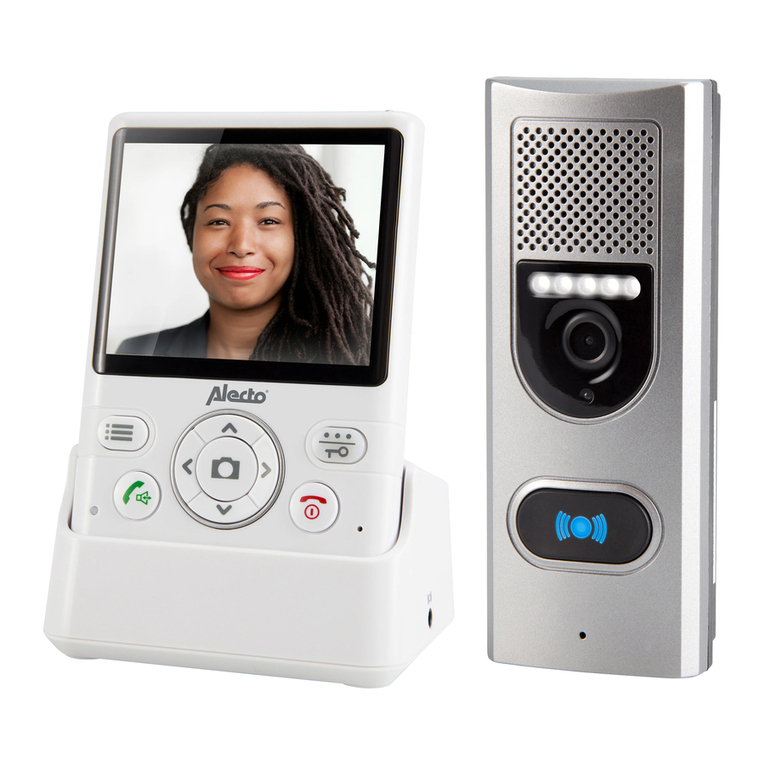
6
3.0 GENERAL SAFETY RECOMMENDATIONS
Onlybegintoinstalltheactuatorafteryouhavecarefullyreadthisinstructionmanual.
Both the mechanical part and the electrical part must be installed in a perfectly workmanlike manner, in compliance with
thecurrentlawsinforce.Failuretocomplywiththeselattermayresultindangerhazardsforpersonsorproperty.
The installer must be a competent person who has been adequately trained. He must check to make sure that the structure
on which the actuator is installed is strong and stable. If necessary, structural modifications must be made to strengthen it.
The installer must also check that all zones where there is a risk of crushing, dragging, shearing or other dangers, are
protected by means of electronic safety devices, safety freeboards or barriers. These devices must be installed in
compliancewiththecurrentlawsandinaperfectlyworkmanlikeway,alsoinrelationtotheplaceofuse,thetypeofuseand
theoperatinglogicoftheproduct.Theforcesdevelopedbythecompletesystemasitoperatesmustcomplywiththecurrent
standardsand,wherethisisnotpossible,thezonesaffectedbytheseforcesmustbeprotectedwithelectronicsafetydevices.
Moreover,dangerouszonesmustbeindicated,asestablishedbythecurrentlawsinforce.
Beforetheactuatoris connected,makesurethattheelectricitymain possessescharacteristicsthatarecompatiblewiththose
described in the technical specifications of this manual, and that there is a differential circuit-breaker and adequate
protection against overcurrents on the supply side of the system. Remember to turn off the power supply before installing or
servicingtheactuatorandwheneverthecovermustbeopened.
Electrostatic charges can damage the electronic components on the boards. Wear a grounded antistatic bracelet if you
mustworkontheelectronicboards.Neverplacethehandsorotherpartsofthebodyinmovingparts,suchasbelts,pulleys,
gears,etc.
Servicing the actuator is of fundamental importance if the system is to operate correctly and safely. Comply with the
manufacturer’sinstructionsdescribedinthismanualwhenservicingtheactuator.
The manufacturer declines all liability for improper installation or use of the product, or for damage deriving from
unauthorized modifications to the system. Only use genuine spare parts if replacements or repairs are required. The
manufacturercannotbeheldliableforthewaythedoorsorgatestobeautomatedareconstructed,orfordamagescaused
byfailuretobuildthedoorsandgatesincompliancewithgoodworkmanliketechniques.
Protection degree IP22 requires that the actuator only be installed inside buildings. The manufacturer declines all liability
fordamagecausedbyassemblyontheoutside,withoutadequateprotections.
Alwaysmakesurethattheproductisinagoodconditionbeforeitisinstalled.
Thisproductcannotbeinstalledinplaceswithanexplosiveatmosphereorinthepresenceofinflammablefumesorgases.
Thisproductmustbedisposedofaccordingtothecurrentlawsinforceattheendofitsusefullife.
Donotleavepartsoftheproductoritspackagingwithinchildren’sreach,astheycouldbecomeadangerhazard.
4.0 MACHINE DIRECTIVE
5.0 INSTRUCTIONS FOR USE
As established by the EU commission, automated pedestrian closing systems are governed by the machine directive
(98/37/EC).Thislatterspecifiesthattheinstallerwhofitsadrivingsystemonadoororgatehasthesameobligationsasthe
manufacturerofthemachine.Thus,hemust:
1. Preparethetechnicalreport(completewiththedocumentsdescribedinannexVoftheMachineDirective).
2. CompiletherelativeCEconformitycertificate(asperannexII-AoftheMachineDirective).
3. AffixCEmarkingtothemotorizeddoororgate(1.7.3,ofannexIoftheMachineDirective).
The installer must keep the technical report at the disposal of the competent authorities in the country for at least 10 years,
runningfromthedateonwhichthemotorizeddoororgatewasmanufactured.
Theinstallermustconsignthefollowingdocumentstothecustomer:
1. Instructionsonhowtooperateandsafelyusethesystem.
2. Theroutinemaintenanceinstructions.
3. Thedeclarationofconformity.
4. Themaintenanceregister.
The "NEPTIS/LE” actuator is suitable for continuous service. The maximum weight of the wing it drives depends on the
actualwingitself,onthetypeofarmandonthetypeoffixingmechanism(POWERorSPEED).
Consultthetablesinchapter6,dependingontheapplicationused.
The specifications described above refer to a typical installation and may be substantially influenced by the variables in
everyinstallation,euchasfriction,balancing,environmentalconditions,etc.
